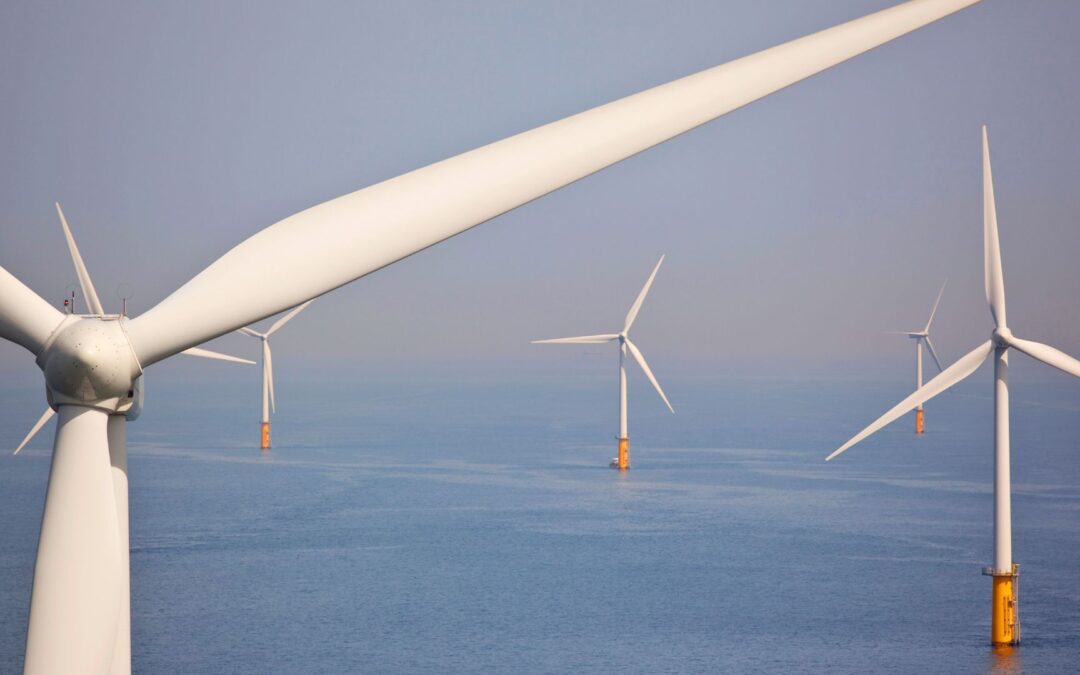The global energy sector is undergoing an unprecedented transformation, driven by the urgent need for sustainable solutions. In this context, a recent announcement has captured worldwide attention: the green light for the construction of Europe’s largest offshore wind farm, located off the coast of [Region/Country]. This project not only represents a qualitative leap in renewable energy generation but also sets a new benchmark in the development of large-scale energy infrastructure.
This ambitious initiative will stand out for its installed capacity of 2 GW, positioning it among the most powerful wind power plants in the world. More than 150 next-generation wind turbines will be installed, equipped with advanced technology to maximize wind capture efficiency even under challenging marine conditions. The total investment exceeds 8 billion euros, highlighting the scale and economic impact of the project, which will create thousands of direct and indirect jobs during both construction and operational phases. Experts such as Dr. Elena Morales, Director of Sustainable Energy at the University of [Name], affirm that “this wind farm is not just an infrastructure project but an innovation ecosystem that will boost the region’s technological competitiveness in offshore wind energy.”
Additionally, the park’s design incorporates pioneering solutions for grid connection, including high-capacity floating substations and direct current transmission systems that minimize energy losses. The wind farm’s operation will adhere to the highest quality and safety standards, with all components and installation processes expected to meet the strictest international certifications. This focus on excellence is crucial at a time when green hydrogen hybridization is emerging as a key complementary strategy for clean energy storage and distribution, offering a promising future for energy integration.
This megaproject contributes directly and substantially to the United Nations Sustainable Development Goals. It will provide clean and affordable energy to millions of homes, fully aligning with SDG 7 (Affordable and Clean Energy), and its carbon reduction impact will be equivalent to removing more than two million cars from circulation each year—a giant step toward SDG 13 (Climate Action). This effort demonstrates a tangible commitment to global decarbonization, showing that investment in renewable energy is the most effective path to combat climate change.
Launching projects of this magnitude not only meets a growing energy demand but also invites reflection on how quickly the energy landscape can transform when political will and technological capacity align. Are we ready to accelerate this transition even further and redefine our energy future?
Did you know we have related training courses?
See the GWO Basic Safety Training course
See the GWO Basic Technical Training course
See the GWO Advanced Rescue Training course
